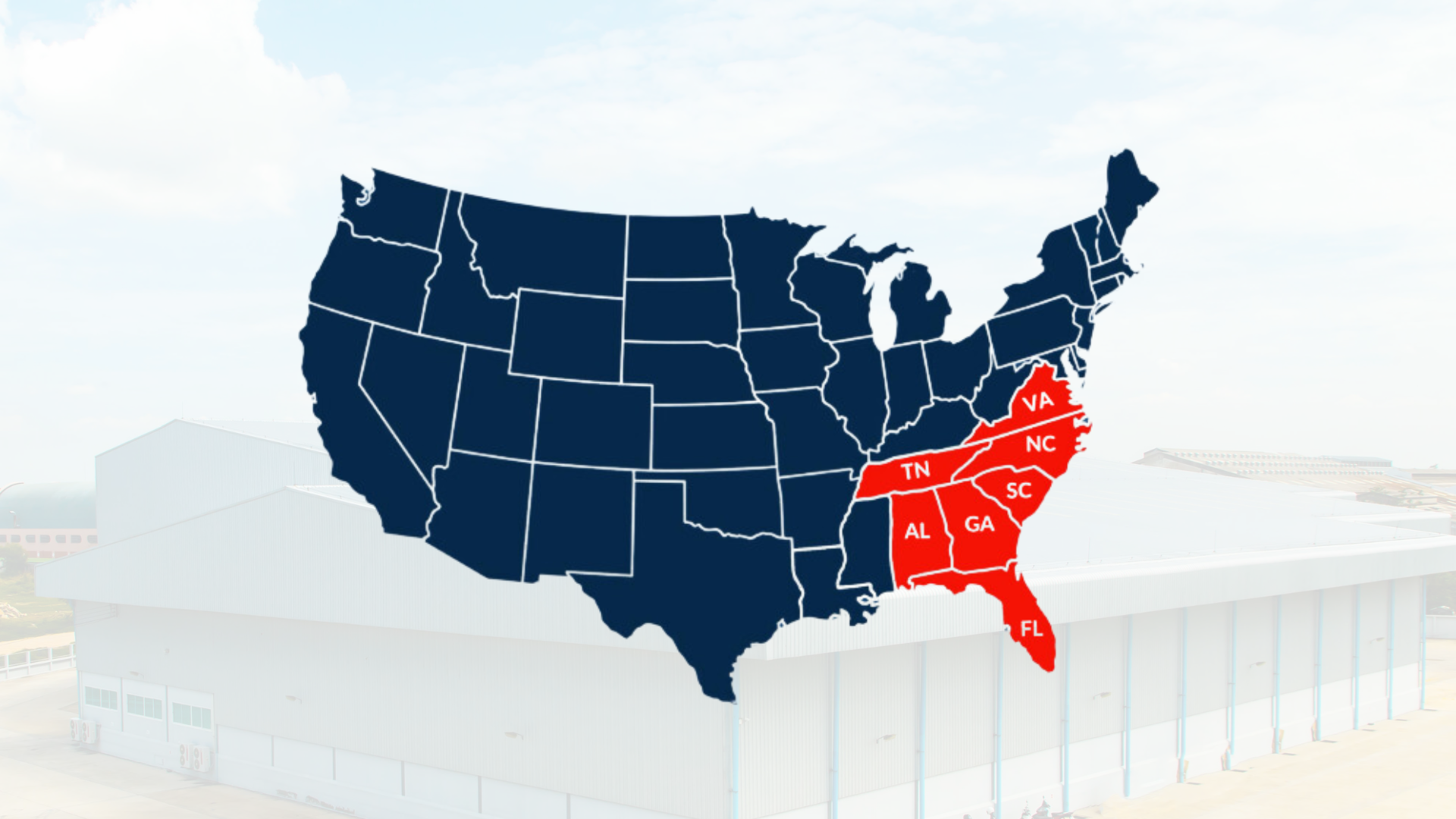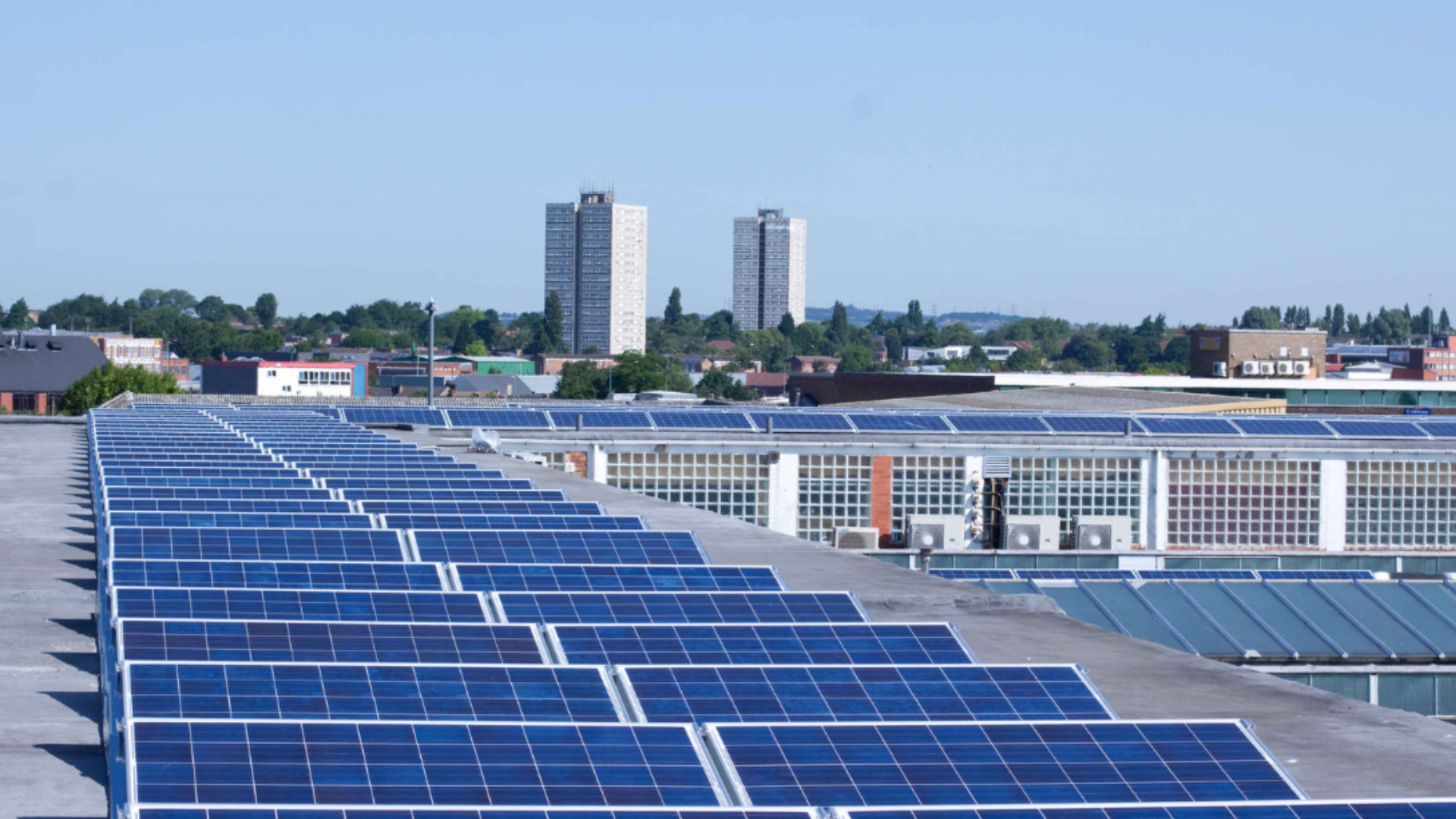Energy efficiency in building design and construction is more than a trend—it’s a crucial aspect of creating sustainable and cost-effective structures. For commercial construction projects, particularly in areas like Augusta, where climate considerations play a significant role, implementing energy-efficient techniques can lead to significant long-term benefits. Whether you’re involved in multifamily construction or managing large-scale commercial projects, understanding and applying these techniques is essential for modern commercial contractors.
1. High-Performance Building Envelope
The building envelope—the physical barrier between the interior and exterior of a structure—is fundamental to energy efficiency. High-performance building envelopes include well-insulated walls, roofs, and floors, along with energy-efficient windows and doors. In commercial construction in Augusta, where summers can be particularly hot, high-performance envelopes help maintain indoor temperatures and reduce the need for excessive air conditioning.
Techniques:
- Insulation: Use materials with high R-values to ensure effective thermal resistance.
- Sealing: Employ air sealing techniques to prevent leaks and drafts.
- Windows: Install double or triple-glazed windows to minimize heat transfer.
2. Advanced HVAC Systems
Heating, ventilation, and air conditioning (HVAC) systems are significant contributors to a building’s energy consumption. By using advanced HVAC systems, commercial contractors can enhance energy efficiency and indoor comfort.
Techniques:
- Variable Refrigerant Flow (VRF): Allows precise temperature control and energy savings.
- Heat Recovery Ventilation (HRV): Captures and reuses waste heat from exhaust air.
- Zoning: Divides the building into zones with individual climate controls to reduce energy waste.
3. Renewable Energy Integration
Incorporating renewable energy sources is a powerful strategy for achieving energy efficiency. Solar panels, wind turbines, and geothermal systems can significantly reduce reliance on non-renewable energy sources.
Techniques:
- Solar Panels: Install photovoltaic panels on rooftops or facades to generate electricity.
- Geothermal Systems: Utilize ground-source heat pumps for heating and cooling.
- Wind Turbines: Integrate small-scale wind turbines where feasible.
4. Energy-Efficient Lighting
Lighting can account for a large portion of a building’s energy use. Utilizing energy-efficient lighting solutions is crucial in commercial and multifamily construction.
Techniques:
- LED Lighting: Use LED bulbs, which consume less energy and have a longer lifespan than traditional bulbs.
- Daylighting: Design buildings to maximize natural light, reducing the need for artificial lighting.
- Smart Lighting Systems: Implement sensors and automated systems to optimize lighting use based on occupancy and natural light availability.
5. Smart Building Technologies
Smart building technologies enable better control and management of energy use. These technologies can monitor and optimize various systems within a building to enhance efficiency.
Techniques:
- Building Automation Systems (BAS): Integrate HVAC, lighting, and other systems for centralized control.
- Energy Management Software: Use software to track and analyze energy consumption data.
- Internet of Things (IoT): Employ IoT devices to monitor and control building systems remotely.
6. Sustainable Building Materials
The choice of building materials has a significant impact on energy efficiency. Sustainable materials not only improve energy performance but also reduce the environmental footprint of construction projects.
Techniques:
- Recycled Materials: Use recycled steel, concrete, and other materials.
- Low-Emissivity (Low-E) Glass: Incorporate Low-E glass in windows to reflect heat.
- Green Roofs: Install vegetative roofs to enhance insulation and reduce heat island effect.
7. Efficient Water Management
Water heating and usage can also contribute to a building’s overall energy consumption. Implementing efficient water management systems is essential for reducing energy use.
Techniques:
- Low-Flow Fixtures: Install low-flow toilets, faucets, and showerheads.
- Tankless Water Heaters: Use tankless water heaters to provide on-demand hot water.
- Rainwater Harvesting: Collect and use rainwater for irrigation and other non-potable applications.
Why Work with Collective Construction for Your Next Commercial Construction Projects?
Collective Construction stands out as a premier choice for commercial construction projects due to several key reasons:
Comprehensive Services: We offer a wide range of services, including commercial construction, design and build, general contracting, government contracting, multifamily construction, and net zero energy construction. This breadth of expertise ensures that we can handle all aspects of your project efficiently.
Regional Expertise: Serving Georgia, Florida, Arizona, and South Carolina, we understand the unique regulatory and environmental challenges in these regions. Our local knowledge allows us to navigate these complexities effectively.
Experienced Team: Our team comprises seasoned professionals with extensive experience in managing subcontractors. Their expertise ensures that your project benefits from the highest standards of workmanship and efficiency.
Client-Centric Approach: At Collective Construction, we prioritize our clients’ needs and work closely with them to understand their vision and goals. This client-centric approach ensures that we deliver results that exceed expectations.
Sustainable Practices: We are committed to sustainable construction practices, including net zero energy construction. Our focus on sustainability helps in creating environmentally friendly and energy-efficient buildings.
Latest Insights
Stay informed on the latest trends and insights in the areas of Commercial Construction and Net-Zero Energy.



